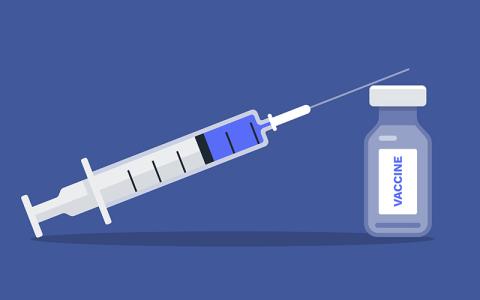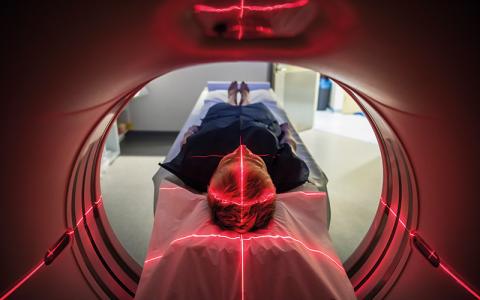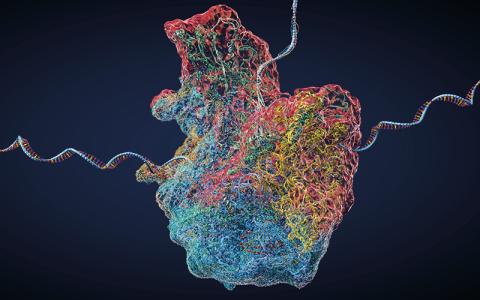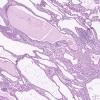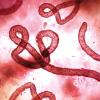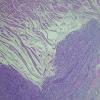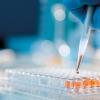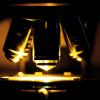February 2023
Vaccine protects against brain damage
Although the pathology of the respiratory system is the main impact of COVID-19, many patients manifest important neurological symptoms, such as anosmia, headaches, malaise, cognitive loss, epilepsy, ataxia and encephalopathy.
How old is your brain?
A new artificial intelligence (AI) model that analyses magnetic resonance imaging (MRI) brain scans has been developed by a team from the University of Southern California.
Diagnostic potential of amniotic fluid cells
A clinical research team from the University of Hong Kong is behind the discovery of applying amniotic fluid cells obtained during 16-24 weeks of pregnancy as a novel sample type for RNA sequencing in prenatal diagnosis.

